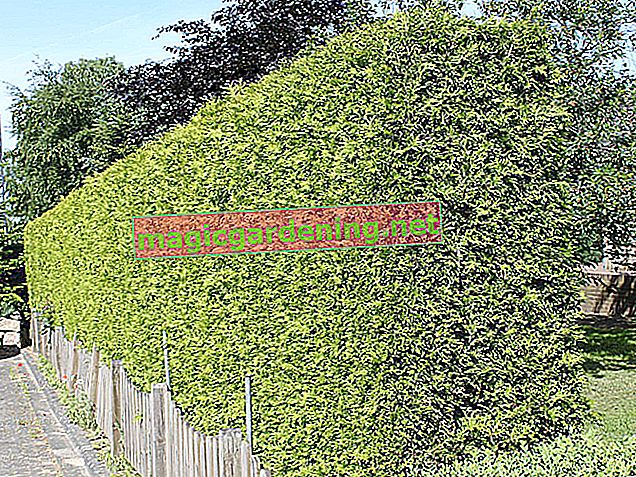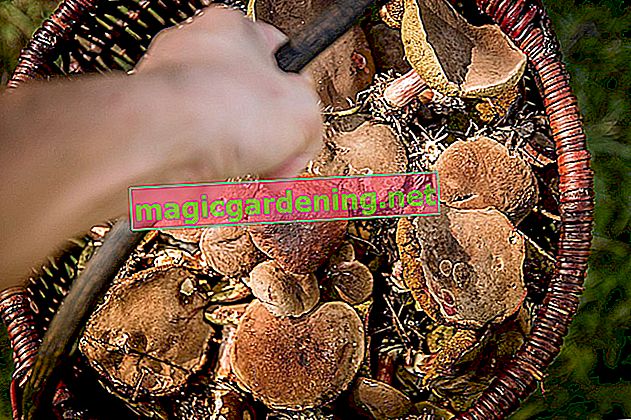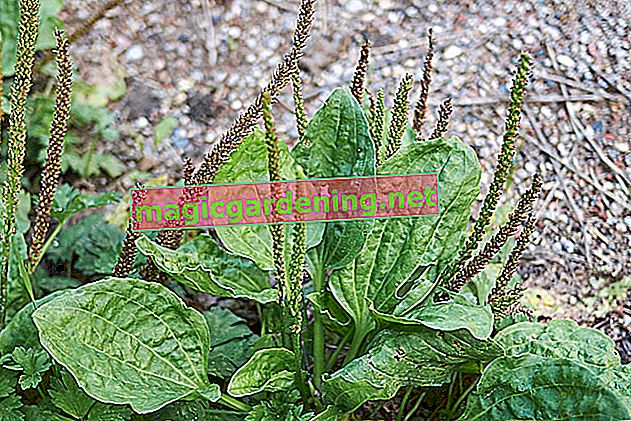
Which location does the Japanese maple prefer?
Acer palmatum prefers a sunny to light, partially shaded, wind-protected and warm location - preferably facing south. However, some varieties are particularly sensitive to direct sun or midday sun and should therefore be shaded for this time.
also read
- Japanese maple prefers a sunny location - but not always
- Propagating Japanese maple takes patience and care
- When is the right time to plant Japanese maple?
In which substrate should Japanese maple be planted?
The Japanese maple feels particularly comfortable in loose, sandy, humus-rich and beautifully permeable garden soil, which ideally has a slightly acidic to neutral pH value. Alkaline soils are not tolerated.
When is the ideal time to plant the Japanese maple?
If possible, plant your Japanese maple in late spring - ergo after the ice saints - so that the tree has time to take root before the onset of winter and literally “gain a foothold” in its new location. Basically, container goods can of course be planted during the entire growing season.
At what planting distance should the Japanese maple be placed from other plants?
Japanese maples are best suited as solitaires and should be allocated a lot of space - especially since some varieties can grow up to three or four meters wide when they are old. An Acer palmatum that is somehow squeezed into the bed, on the other hand, has no chance to really show off its beauty.
Is the Japanese maple blooming?
Yes, Japanese maples bloom between May and June and usually show quite inconspicuous, red to brown-red flower clusters.
How can you multiply the Japanese maple?
The best way to reproduce the Japanese maple is with soft to half-ripe cuttings that are cut in late spring or early summer.
Can you transplant Japanese maple?
Transplanting Japanese maples should only be carried out if absolutely necessary - especially if such a tree is older than four years. Note that Acer palmatum is a shallow root with roots that can grow quite broad - so dig out the root disc very generously and injure as few roots as necessary.
Tips
When planting, it is advisable to improve the excavation with ripe compost and - if the soil is rather firm - with coarse sand.








